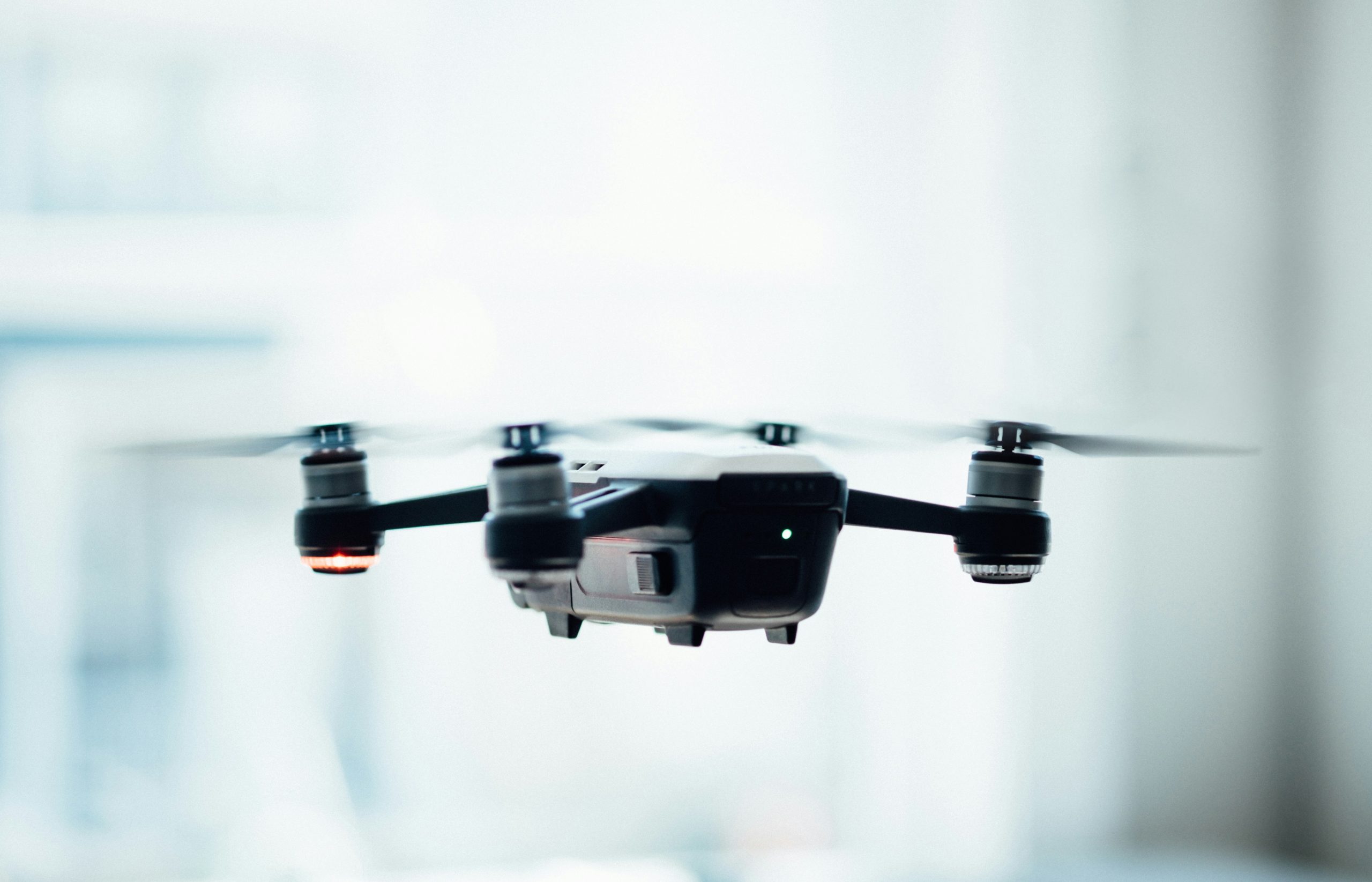 In a world where convenience reigns supreme, the future of deliveries is looking brighter than ever. With advancements in technology and automation, product delivery services are undergoing a transformation that promises to streamline the process and revolutionize the way we receive goods. Join us as we delve into the exciting world of automated product delivery and explore the innovations that are shaping the future of this essential service.
In a world where convenience reigns supreme, the future of deliveries is looking brighter than ever. With advancements in technology and automation, product delivery services are undergoing a transformation that promises to streamline the process and revolutionize the way we receive goods. Join us as we delve into the exciting world of automated product delivery and explore the innovations that are shaping the future of this essential service.
Advantages of Automated Product Delivery Systems
Automated product delivery systems bring a plethora of advantages that are revolutionizing the way goods are transported from point A to point B. One of the main benefits is increased efficiency. By utilizing automation, companies can streamline their delivery processes, reducing human error and speeding up the entire delivery process. This not only saves time but also allows for quicker deliveries, improving customer satisfaction.
Another advantage of automated product delivery systems is cost savings. With automation, companies can cut down on labor costs and optimize their delivery routes, ultimately reducing overall expenses. Additionally, automation allows for round-the-clock delivery capabilities, ensuring that customers can receive their products at any time of day. All in all, automated product delivery systems are shaping the future of deliveries, making them faster, more efficient, and cost-effective.
Emerging Technologies in Delivery Automation
As we enter a new era of technology, the world of product delivery is undergoing a major transformation with the emergence of cutting-edge technologies in delivery automation. These innovations are revolutionizing the way goods are transported and delivered to consumers, making the process faster, more efficient, and ultimately more seamless for all parties involved.
One of the key advancements in delivery automation is the use of drones for delivering packages. These unmanned aerial vehicles have the capability to fly autonomously, avoiding traffic congestion and reaching remote locations with ease. Additionally, autonomous vehicles are being developed to deliver goods without the need for human drivers, further streamlining the delivery process. With these exciting developments on the horizon, it’s clear that the future of deliveries is bright and full of possibilities.
Challenges and Solutions in Implementing Automated Delivery
Implementing automated delivery systems poses a number of challenges that companies need to address in order to successfully implement this technology. One major challenge is the initial cost of setting up an automated delivery system. Companies need to invest in the hardware, software, and training necessary to ensure that the system runs smoothly. Additionally, companies need to consider the ongoing maintenance costs of these systems. Finding skilled technicians to maintain and repair automated delivery systems can be difficult.
However, there are solutions to these challenges. Companies can offset the initial cost of implementing automated delivery systems by focusing on the long-term benefits, such as increased efficiency and reduced labor costs. Additionally, companies can partner with technology providers who specialize in automated delivery systems to ensure that they have the necessary support and expertise to keep their systems running smoothly. By addressing these challenges head-on and implementing practical solutions, companies can pave the way for a future where automated delivery is the norm.
Strategies for Businesses to Optimize Automated Product Delivery
As businesses continue to adapt to the ever-changing landscape of consumer expectations, the need for efficient automated product delivery systems has become paramount. In order to stay competitive in the market, companies must embrace innovative strategies to optimize their delivery processes and streamline operations.
One key strategy for businesses looking to enhance their automated product delivery is to implement real-time tracking systems. By providing customers with the ability to track their orders every step of the way, companies can increase transparency and build trust with their customer base. Additionally, incorporating machine learning algorithms into delivery routes can help businesses optimize their routes for faster and more efficient deliveries, ultimately reducing costs and improving overall customer satisfaction.
Final Thought…
As we look towards the future of deliveries, it’s clear that automation is set to revolutionize the way products are delivered to our doorsteps. From drones to self-driving vehicles, technology is paving the way for a more efficient and convenient delivery experience. While there may be challenges to overcome, the potential benefits of automating product delivery are endless. So, it’s only a matter of time before we see a world where our packages are delivered by robots and drones. The future is here, and it’s only going to get better from here on out. Watch this space for all the exciting developments in the world of automated deliveries.